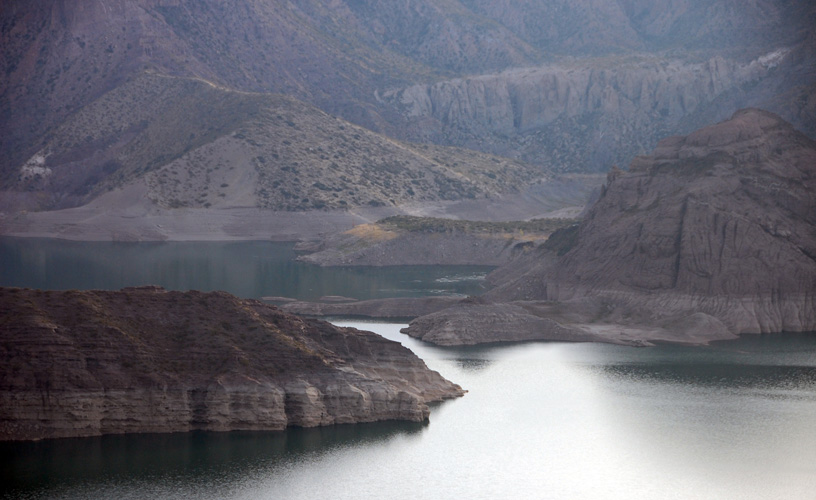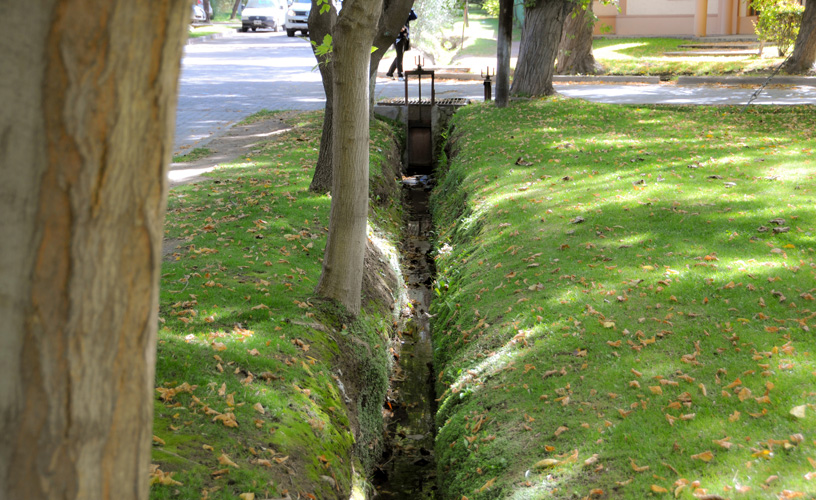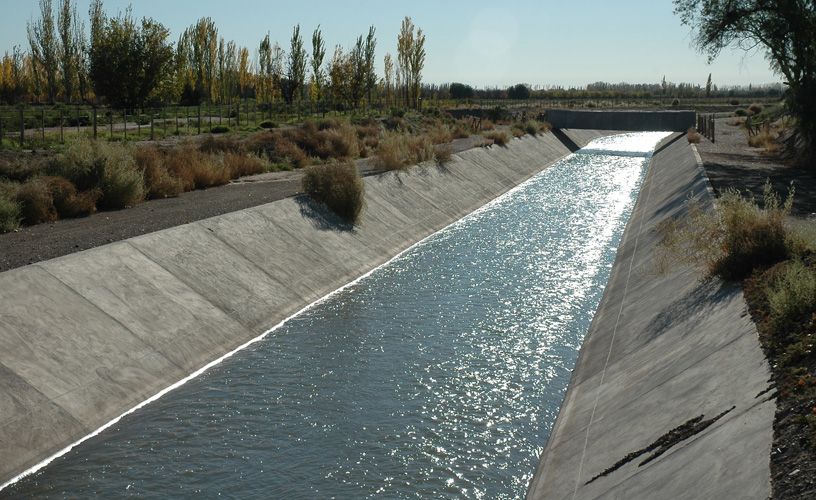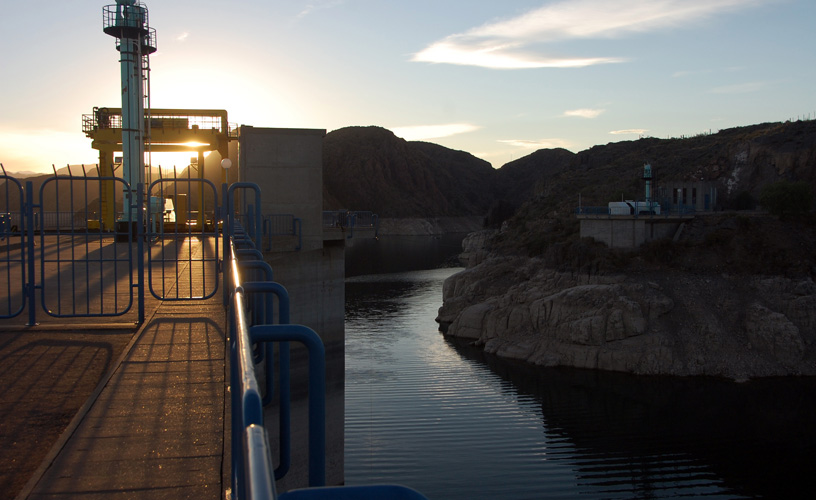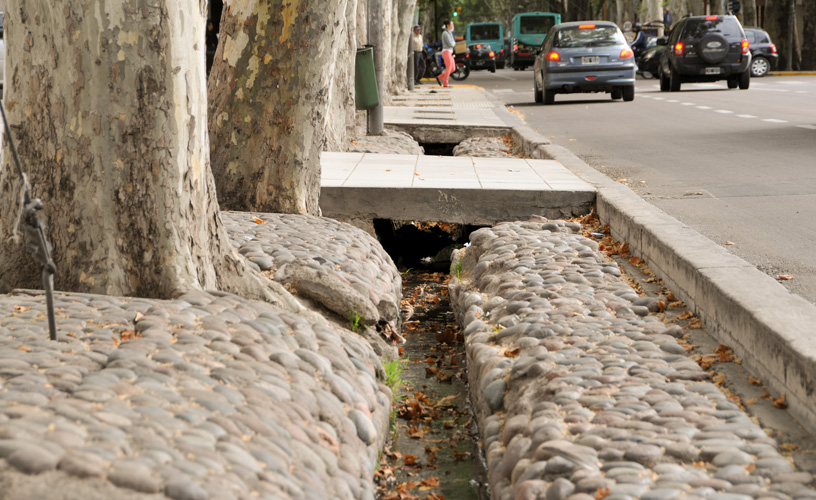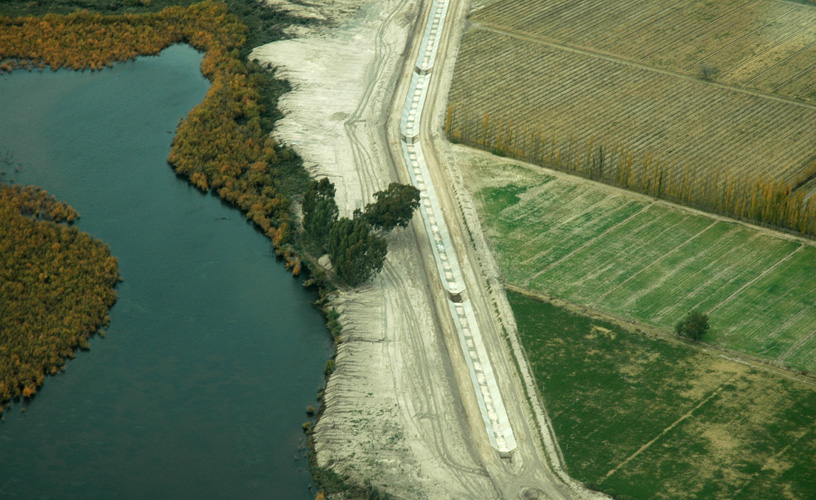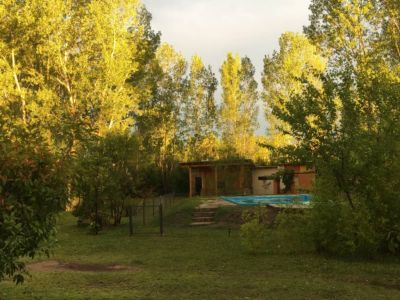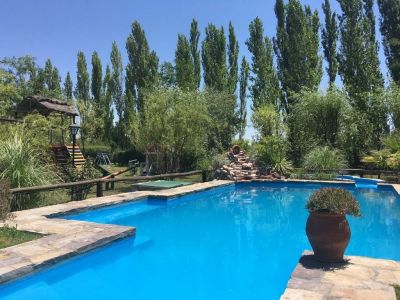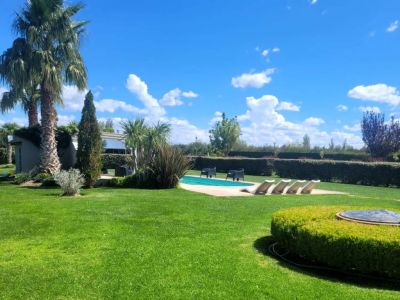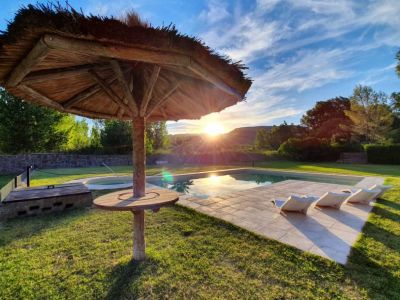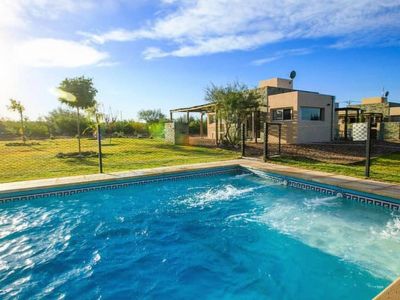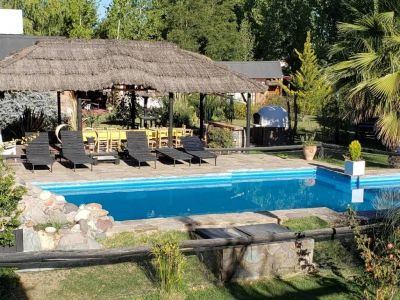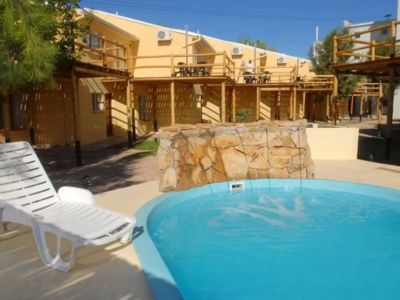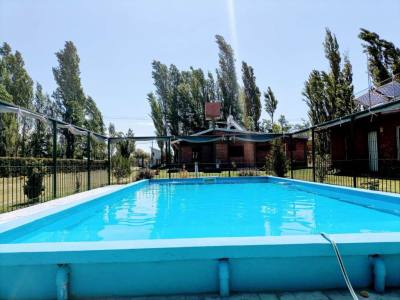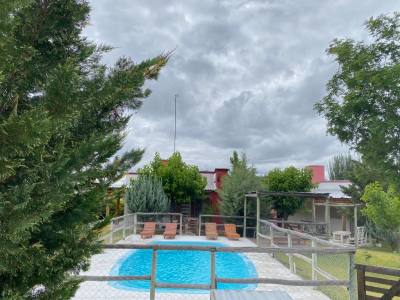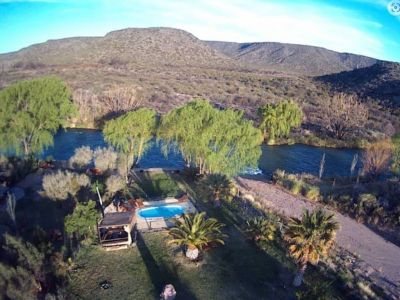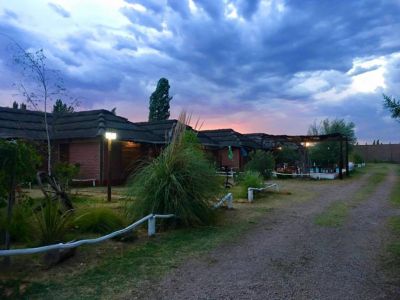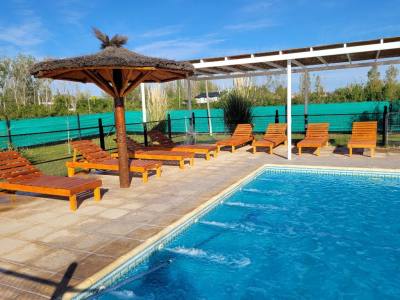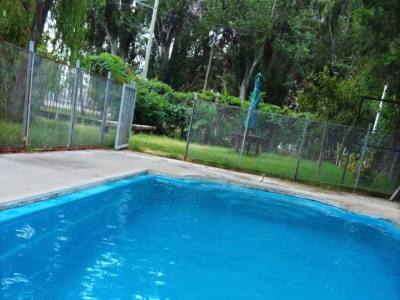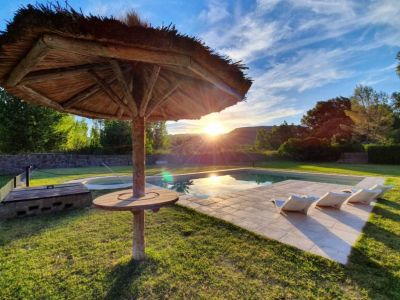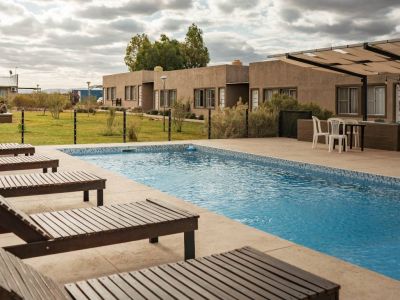“Think water” could as well be the title of this article. The truth is that the Province of Mendoza was once a desert. It was the inventiveness of visionary men that led it to become the oasis we know now. Here is how it happened. Even the first dwellers of these lands knew how important it was to make the most of the water they could obtain. Ever since, it all depended on learning from the past and the new changes to come. Shortly after the foundation of the City of Mendoza, back in 1566, the use and care of the irrigation canals used to be regulated as functions to be carried out by the Cabildo.
Water Matters. A Story of Dams, Rivers and Canals
The position of Alcalde de Aguas (something like a Water Mayor) was created in 1606. This was the first authority in charge of the irrigation and distribution of water. Then, it was the Spaniards who appointed the other authorities in charge of irrigation.
Once Argentinian independence was secured, the Governor of Mendoza, Pedro Molina, passed a regulation for tasks and the creation of the positions of tomero general and teniente general de aguas. This system has improved with the advent of new technologies and knowledge.
Towards 1894, the General Irrigation Department was created. After some modifications, it came to represent the origin of the present General Irrigation Department, which is responsible for all surface irrigation basins and the inspection of groundwater exploitation for irrigation.
Pablo Etchevers
Eduardo Epifanio
